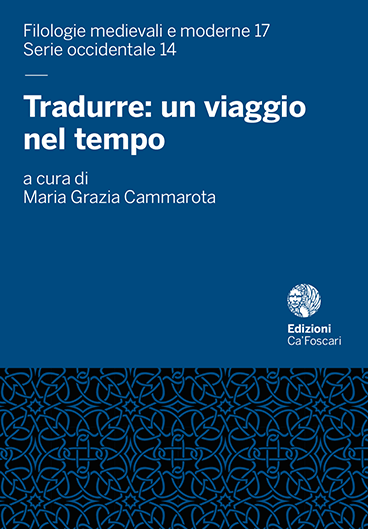- search 230 views
- file_download 10 download
- keyboard_capslock metadata
-
mark_email_readIscriviti alla newsletter
sīþ, wræcsīþ: Literal or Figurative?
Considerations on Genre and Gender Conventions in Translating from Old English
abstract
The Old English poem The Wife’s Lament is an extremely conventional and, at the same time, original text. It portrays a female character suffering for the absence of her loved one, through the framework of the so-called ‘elegiac’ style and a mainly heroic vocabulary. The traditional exile theme is, thus, interwoven with the uncommon motif of love sickness. While this appraisal of the poem is the most widely accepted one, disagreement still remains about the translation of some keywords, strictly related to the exile theme, such as sīþ or wræcsīþ. The aim of this paper is to examine diverging readings and glosses of the above mentioned ‘exilic/elegiac’ keywords, and to show that an accurate translation should not neglect a thorough appraisal of the text in its complexity and the association with related literary patterns and imagery in other poetic and prose texts.
Keywords: Genre • Translation • Exile • The Wife’s Lament • Literal or figurative





